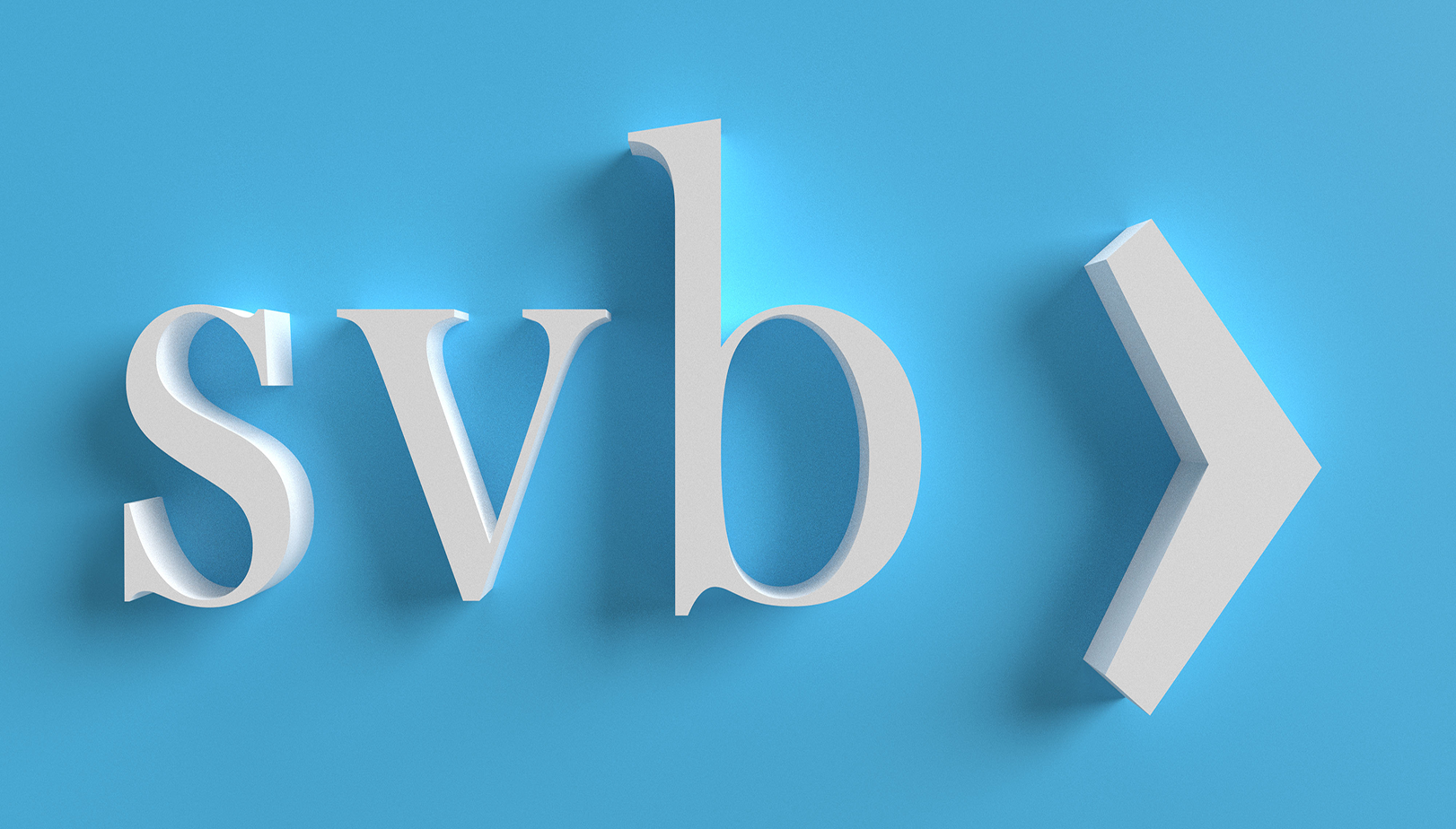A key part of the startup ecosystem went up in flames with the sudden collapse of Silicon Valley Bank (SVB). When the Federal Reserve began hiking interest rates, it started a chain reaction that led to the bank’s demise, largely due to its complete failure to hedge interest rate risk.
The higher interest rates put pressure on tech stocks, eroded the value of SVB’s bonds portfolio, and caused venture capital to pull back. After SVB announced that it would sell $2.25 billion in new shares, panic and fear spread among venture capitalists, and SVB stock started to decline rapidly. Within 48 hours, a run on SVB to the tune of $42 billion had taken place, forcing regulators to intervene and shut down the bank. Soon after, the FDIC moved to guarantee deposits beyond the standard limit.
Despite this guarantee, the investment community is worried about the current state of VC. With one of the major banks in the industry gone, there is a fear that venture capitalists will become more cautious with their investments.
The risk to startups
SVB has done business with nearly half of all US tech startups backed by venture capital, and, likely, VCs will now be more risk-averse. This could mean companies will have a harder time getting funding as VCs become more selective. Further, VCs may also demand more in terms of equity for their investments as the risk of investing in startups increases.
Unlike the collapse of FTX in 2022, SVB is an FDIC-insured institution, which is why the federal government stepped in. Still, the Fed’s backstopping of SVB doesn’t extend to investors in the banks themselves, only to the bank’s depositors. So, some investors lost significant sums of money in the collapse, which could also have a dampening effect.
Two other large banks failed recently as well: Silvergate and Signature Bank. Regional banks are considered to be particularly vulnerable to higher interest rates, and some experts fear that more bank implosions could be in store, especially if interest rates continue to climb.
If the Fed chooses to pause rate hikes or even reverse course and cut interest rates, then it is possible that today’s inflation of 6% won’t revert back to 2%. In this case, the banking industry, startups, and venture capital ecosystem could all be jeopardized.
The opportunity for investors
A famous Warren Buffett quip is often cited in economic trouble: “Be fearful when others are greedy, and be greedy when others are fearful.” While the collapse of Silicon Valley Bank brought chaos in the short term, it also presents a unique opportunity for savvy investors.
The fear, disruption, and instability have caused some venture capitalists to retreat, leaving money on the table. Smart investors can take advantage of this window of opportunity, especially as uncertainty about Fed rate hikes persists. VCs who can capitalize on market dislocations by deploying capital more strategically can find value and catalyze more stability in the market.
One resource potential investors can utilize is Gridline, a digital wealth platform that provides access to professionally managed alternative investment funds at lower capital minimums and with greater liquidity than ever before. Instead of relying on traditional financial institutions and their limited options, modern investors can use Gridline to more efficiently gain diversified exposure to non-public assets at lower costs now.
